
I remember the first time I went on a hunting trip. I was small. It was along the Yakima River where my grandparents managed a ranch. My Grandad would put me in front of him on the saddle of his horse. In my early memories, he was almost always horseback – a worn Silverbelly Stetson on his head. He was a quiet, tough, consummate cowboy. I barely remember him talking to me. I remember his rifle; the one that moved from house, to truck, to the saddle scabbard.
It was my Grandad’s favorite gun, purchased in the late 1950s. It was a saddle gun – a lever action rifle. This gun was like him. Quick, compact, accurate, but powerful enough for the job at hand. It was expensive for the time. A short lever action. As good as the rifle was, it was only an extension of the man. He shot often.
My Grandfather worked to be proficient in everything he did. He was a great welder, a fabricator, a mechanic, horseman, and hunter. He made sure that he had the right tools for every job. He constantly worked to improve his tool sets and skills. He placed a premium on skill with a rifle.
There is something uniquely American about a rifle. For lack of better explanation, the “art of the rifle” is cultural here. You can find rifles, and some good ones, almost anywhere on earth. There are fine marksman and great arms makers on other continents, but America’s are the best. In the same way that a cigar from Cuba is special, or a great wine from France, or a sword from Japan – the rifle is ours.
In the early 1700s, in an area on the banks of Wyomissing creek, need and skill drove innovative craftsman to create a better gun – a tool that shaped America and the world. The American Long Rifle (Kentucky Long rifle) was different than any gun on earth. It needed more care than its cousin, the clumsy but forgiving musket; it required a user who was expert at the craft – the art of the rifle.
John Dillon wrote about the American, “light in weight; graceful in line; economical in consumption of powder and lead; fatally precise; distinctly American.” This is the rifle that led the fight for our freedom during the Revolutionary War. If there is a distinction from military arms of the day, it is that this was superior.
On the frontier, expertise with a rifle was valuable, but no guarantee of security. More than marksmanship mattered. There was a need for proficiency not only with the gun, but in fieldcraft, understanding game, knowledge of place, willingness to risk, and ingenuity to overcome failure. All traits that are still recognizably “American.”
The repeating carbine later emerged as the traditional `saddle gun’ of the west. The lever action was a quick handling, light, fast firing rifle with a high magazine capacity – a role now filled by modern rifles like the AR15.
Great companies continue to stretch the horizons of today’s American rifles, just like the gunsmiths along the Wyomissing did in the 1700s.
My Grandfather’s rifle lives in my safe now. He has long since passed. I have added additional pieces to my tool set. Some are home defense guns; others are long range rifles capable of putting five bullets on a dime every time. I love climbing mountains hours before sunup. I like seeing big elk and big bears – I like being part of the food chain. I also love my family. Being able to meet the need, whether it is to feed or protect them, in any situation, is my most important job. Firearms are simply tools.
Like any serious firearms owner, I work to upkeep and improve my guns. Everything gets that attention. I believe it is equally important, maybe more so, to improve my firearm skill set.
My friend, Commander Rorke Denver is a proud Coloradan. He was the officer in charge of all aspects of Navy SEAL training. In his book Damn Few: The Making of the Modern Navy SEAL Warrior, he quoted, “Weapons are an important factor in war, but not the decisive one; it is man and not materials that counts.” That always holds true.
We should take the right to bear arms seriously. We should exercise it. It comes with a commitment to proficiency. We commit to the “craft.” We all start out with limited skill sets. “Good enough” rifles, “cheaper” gear, and wanting to know more. We can all improve.
In America today we are lucky to have access to great tools and resources for improvement: ranges, coaches, competition, peers, and mentors. No one is too good to take a class. The best shooters I know seek input and feedback from others – and I mean world-class shooters. They have the humility to see opportunity for improvement in their own skills through analysis of others.
We can dial in custom rifles and hunting skills with companies like Gunwerks. We can learn to be better marksman with Marine veterans like Caylen Wojcik and Phil Velayo at Modern Day Sniper. My friend Kyle Lamb of Viking Tactics may be the greatest practical marksman on earth. Find these people online or in your community. Take a class from them.
Then – go test yourself. Go hunt. Go to the range. Or maybe compete. If you want to better yourself and make more friends in the community, ask your local range about local precision rifle, shotgun, pistol, or 3-gun clubs, and matches. You’ll find a supportive community with common interests and values.
Shooting sports teach accuracy, accountability, safety, responsibility, and sportsmanship. Those experiences create lasting memories and great friendships. I’m lucky to have mentors in this community. I’m even luckier to be able to call them my friends.
Mastering firearm skills becomes a metaphor for life. The lessons learned hunting and shooting consistently transcend the basic skill sets. It is more than pulling a trigger. Shooting sports build confidence and responsibility. They are naturally inclusive. They are foundational.
My hunting saddle is an old, black Circle Y. It is the same saddle that I rode on with my grandfather. I wouldn’t trade it for the world. It’s priceless. It is a lot like his rifle. It’s my heritage. It’s a gift. It is a responsibility. It’s a way of life. We are lucky to have it. We should protect it. We should share it.
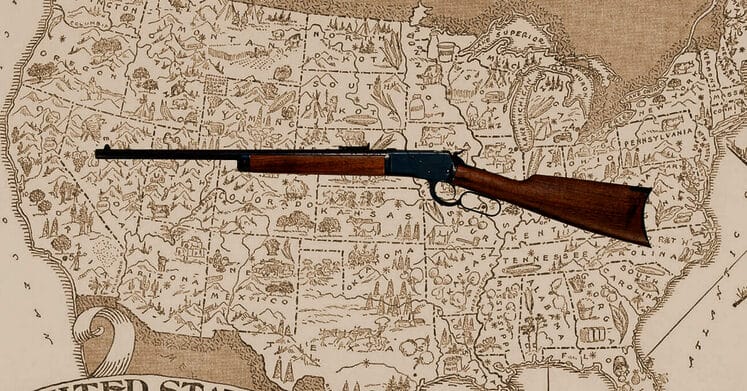
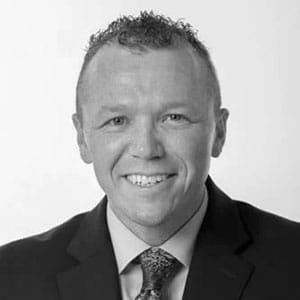
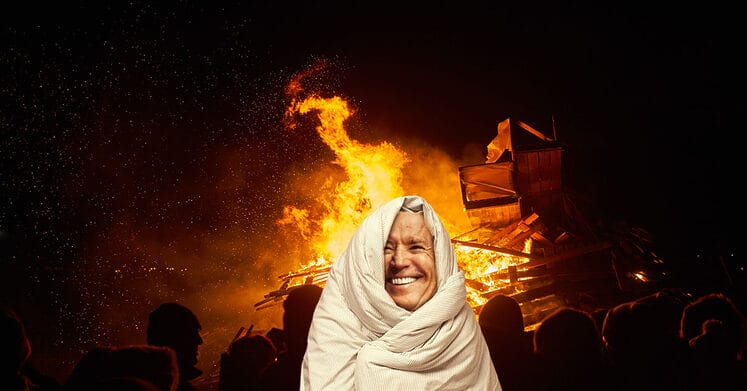

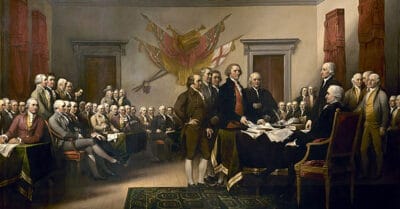

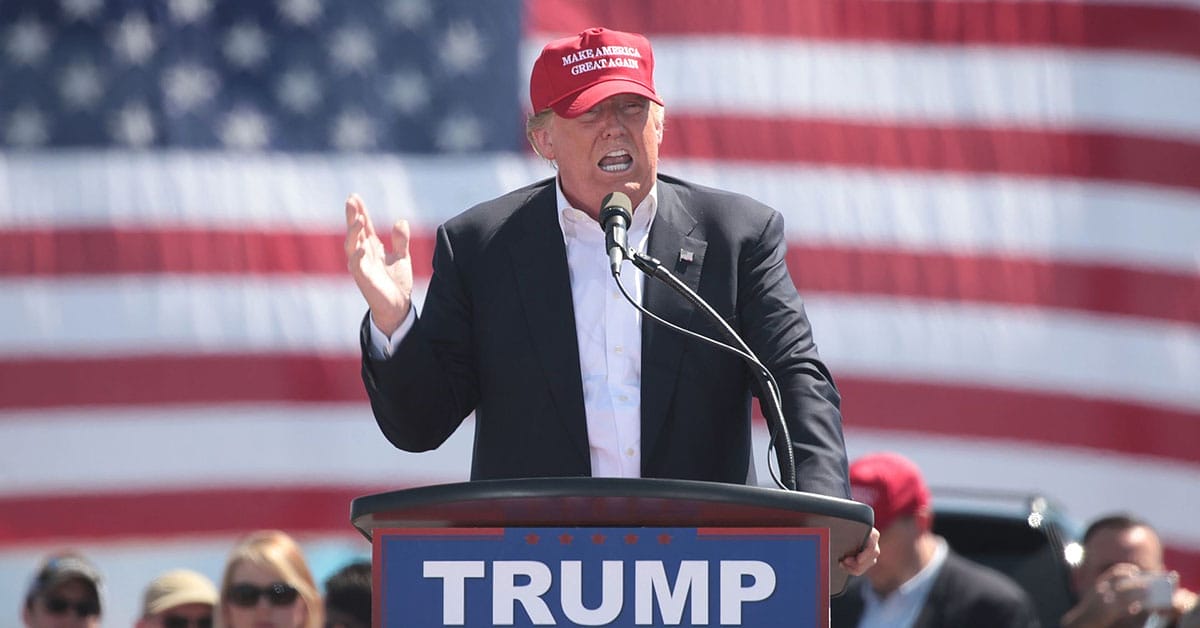


Responses